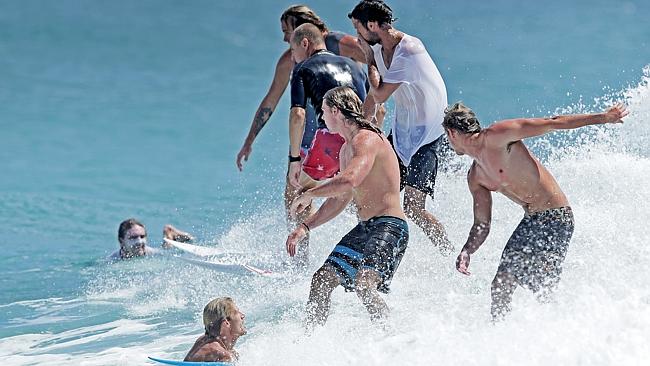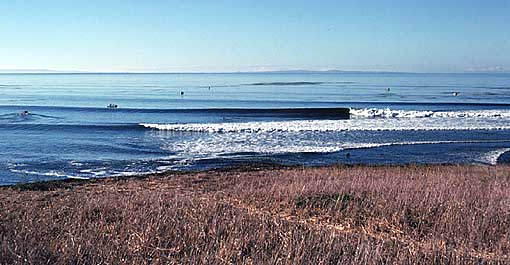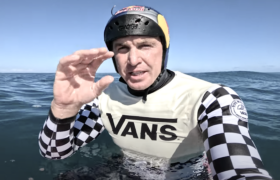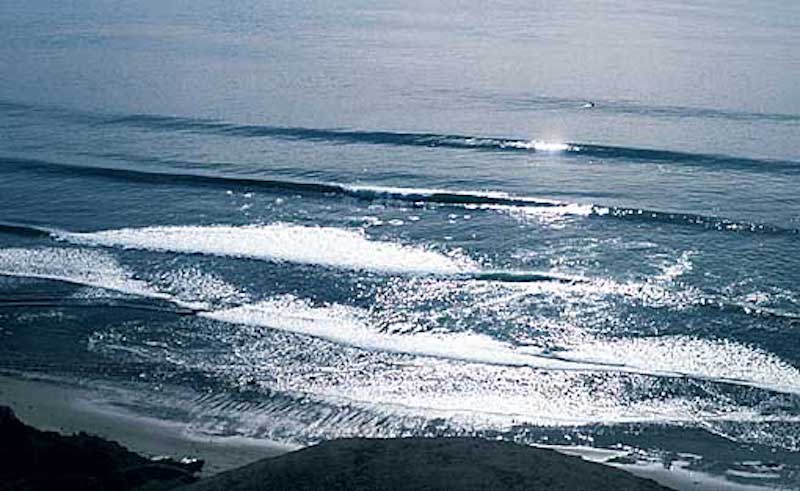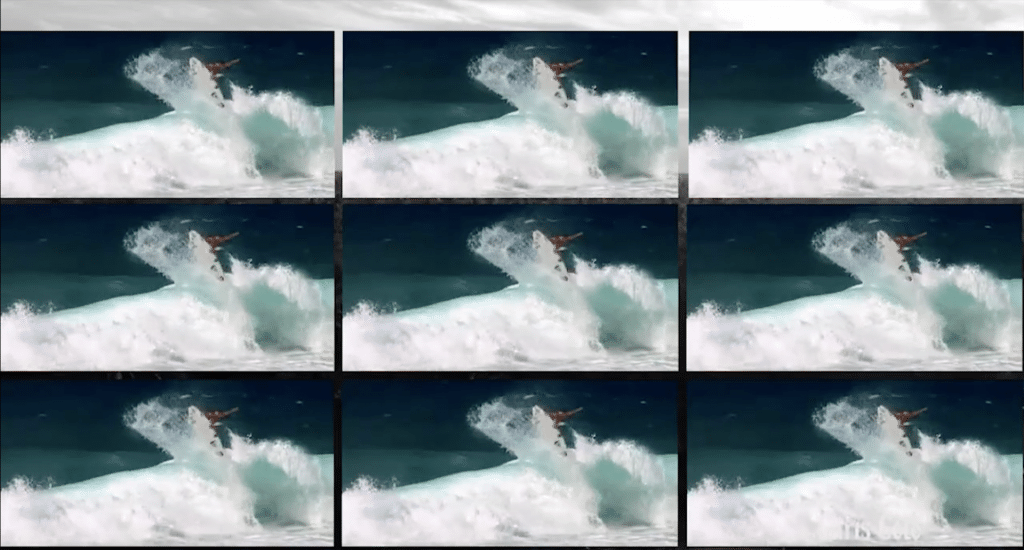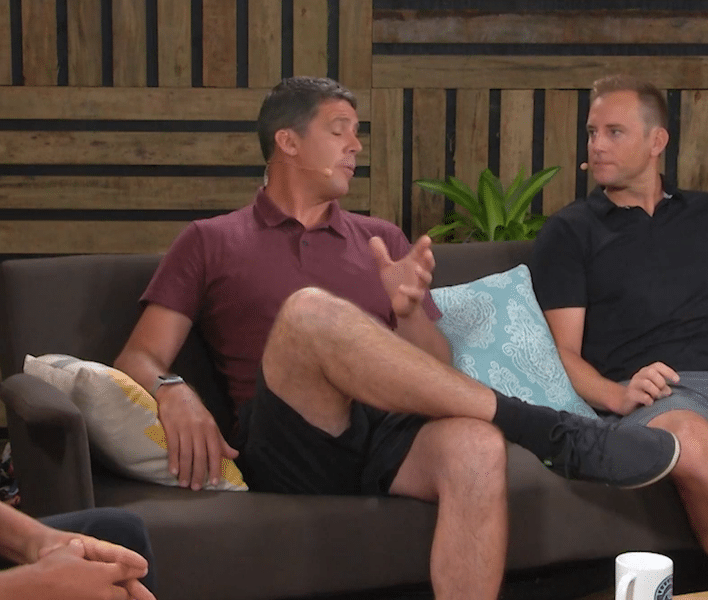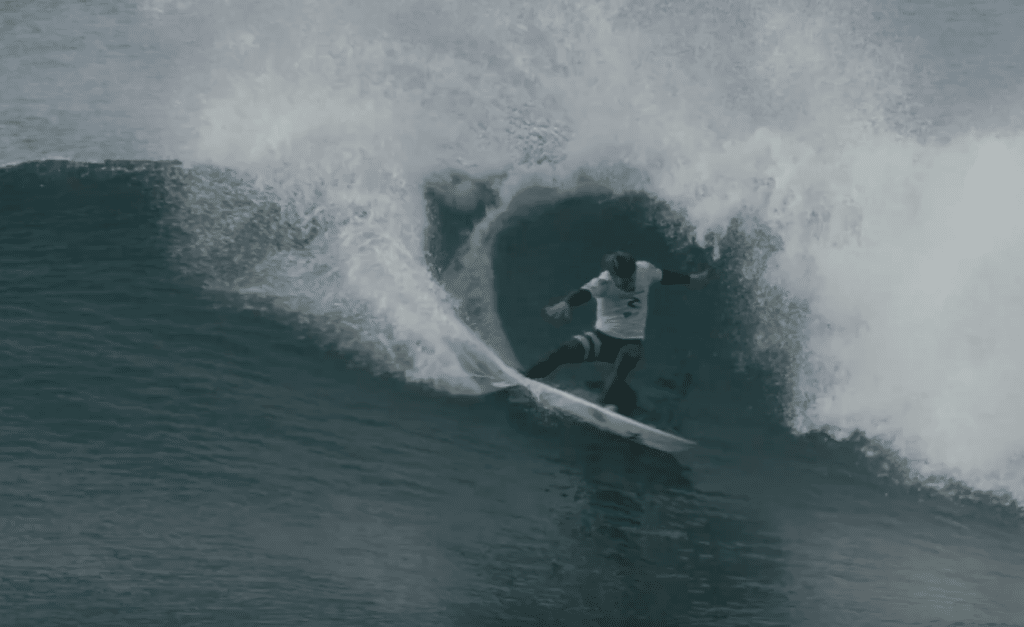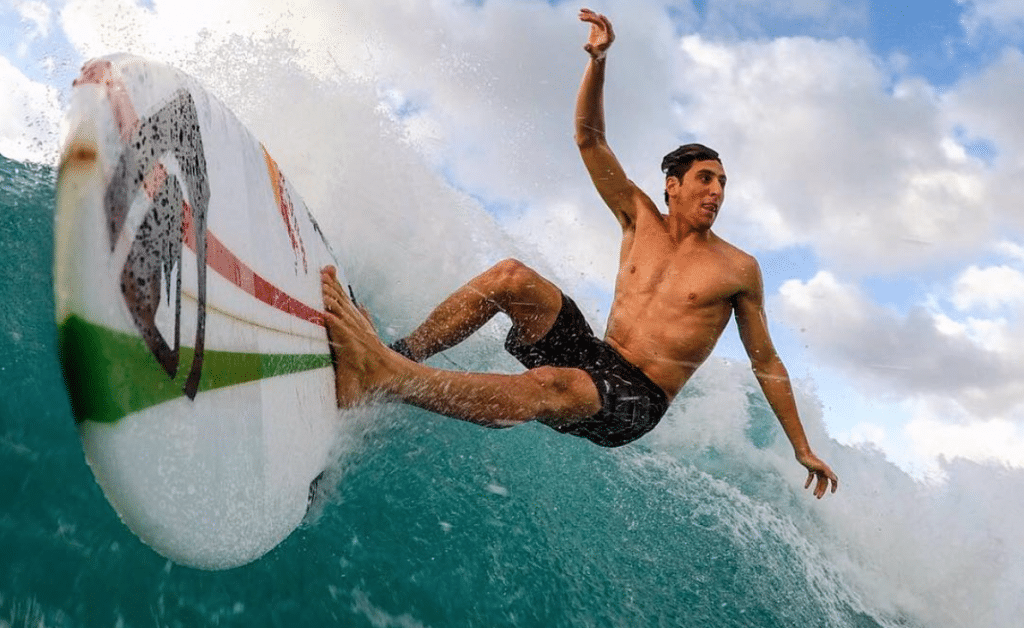Did we get it wrong? Of course not!
Snapper could start in… like…. five minutes so let’s jump straight back into it! (Part 1 here)
4. Federico Morais
I’m not a huge proponent of Fede’s surfing, but damn if he doesn’t fit the WSL’s judging criteria to a T! Over the past couple years, we’ve learned exactly what wins heats – big turns on big waves. This is Federico’s specialty.
The handsome European is like an adult version of Caio Ibelli. He’s steady on his feet, willing to hit big sections, and has a knack for progression when necessary. It’s this type of surfing that led Fede to second place finishes at both Haleiwa and Sunset this year. He also made the quarters in the Portugal CT in 2015 and round three in 2016 as an alternate.
Federico will shine when there’s a bit of size and power on offer, like Bells and Margies and J-Bay. The man displaces ample water and rarely if never trips. When it comes down to it, Fede is the second-coming of Bede Durbidge. Nobody wants to watch him, but nobody wants to surf against him either.
3. Ian Gouveia
Ian’s surfing is like a severed telephone wire – swinging wildly out of control but fucking fun to watch! He’s quite similar to Italo Ferreira in his stocky, square, aerially adept approach. But aside from his ability to go upside-down and willingness to jump off watery cliffs, Ian’s a downright charger!
Being the son of Brazilian surfing royalty Fabio Gouveia, Ian was afforded the ability to travel the world at an early age. I remember seeing him at Pipe, maybe eight years ago, and sixteen-year-old Ian was carelessly charging. It was clear he had that innate go-for-it attitude, which has only driven him into bigger, meaner waves in recent years.
Basically, his backhand is a weapon, his air game is tight, and he’ll feel right at home at Chopes, Cloudy, and Pipe. This is the recipe for goofyfoot success on the CT, which gives me a lotta faith in the lil’ guy. I’m telling you, kid is the next Italo.
2. Leonardo Fioravanti
Was he bred into success? Sure, but who isn’t these days? At nineteen, Leo has done pretty damn well for himself. He’s got a World Junior Championship, has won multiple divisions in Surfing’s esteemed Peer Poll and is 2-0 against the GOAT in head-to-head competition.
Leo is a contest machine and has been for some time. This likely began when he inherited Kelly’s notorious caddy, Stephen “Belly” Bell, as a step-father and coach. From that point, Leo became a student of the game and transitioned from moderately talented grom to score-seducing powerhouse. Leo’s success lies in strength and consistency, but will this be enough to make a career on the CT?
Historically, and even presently, yes. But with the progression of our sport comes the loss of “weak spots” in one’s game. Mick Fanning won three world titles without any help from aerial maneuvers, but this likely won’t be possible in five or ten years’ time. If Leo wants true success, he’ll have to maintain his level of consistency and rail surfing while continuing to evolve in the air. Based on his past, I see him succeeding in this endeavor and creating a decade(plus) home on the CT.
1. Ezekiel Lau
The thoroughbred of the rookie class comes in the form of a 6’2”, 200 pound Hawaiian-native named Zeke. Growing up under the roof of a football coach father, Zeke was allowed to pursue his passion of surfing but only if it was done the “right” way. That meant training hard every day in a time before training was even a thing in professional surfing, let alone in twelve year olds.
A combination of genetics and hard work led Zeke to appear more imported-LA-bouncer than surfer-extraordinaire, but let me assure you this kid can wiggle. In bigger surf, especially the sprawling walls of Sunset or J-Bay or Bells, Zeke is top-five in the world. He’s bigger and stronger than anyone on tour, and his board control is immense. In the small stuff, well, he’s no Filipe, but I’ll be damned if he don’t impress with speed and flair and full-rotation clicks.
I was hesitant of putting Zeke in the number one spot, as he could always fall victim to Dusty Payne syndrome – unbelievable talent with a knack for doing all the wrong things in competition — but I decided to go with my gut and give Zeke the benefit of the doubt. In my eyes, he’s got the best chance in this group to vie for a title.
Though, if I’m being honest, I wouldn’t bet on any of the 2017 rookies to win a Crown.
